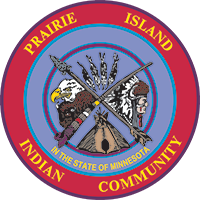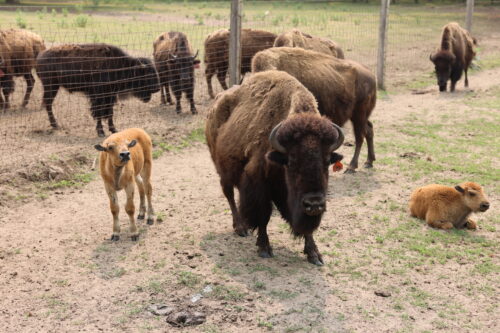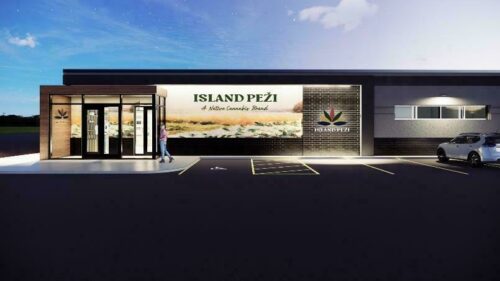Protecting Ina Maka
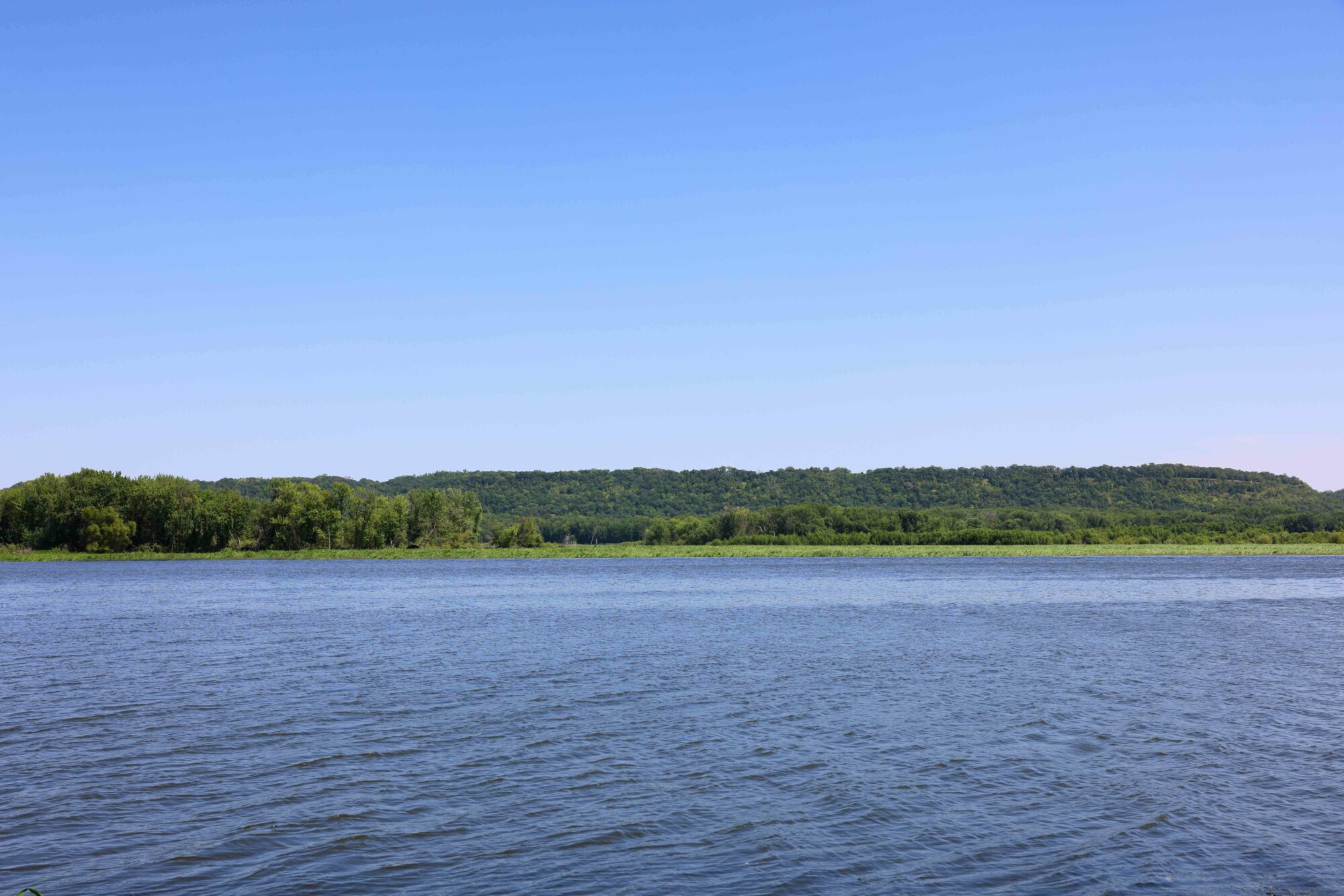
We only have one planet. Our job is to do everything within our power to protect Ina Maka (Mother Earth) so that she can continue to provide for our people.
We are the stewards of Tinta Wita (Prairie Island), our homeland. It is a sacred place -- a place where we still gather the foods and medicines that nourish and heal our bodies. It’s also the final resting spot for many of our relatives.
Protecting and preserving the land, air, and water that surrounds it is among our most important responsibilities. We are working hard to reverse decades of negative impacts to the land, many caused in the name of progress.
Land
An example of that stewardship is our effort to return some of the native habitats to Prairie Island. More than 100 acres of Tribal land have been restored to their natural state. Thousands of invasive trees and plants have been removed, making room for the native plants that are food and medicine sources for our people. One of the few remaining oak savannahs in Minnesota was protected and now serves as a sanctuary for the endangered red-headed woodpecker and other wildlife. Grassland birds are thriving in newly planted prairies. Increasing our use of native landscaping has the added benefit of reducing our maintenance costs and the need to apply harmful chemicals to the ground that could ultimately seep into the soil and impact our water and cultural plants.
Air
We’re also focused on monitoring and doing what we can to improve air-quality – both indoor and outdoor air. With the help of federal grants, we have put in place programs to monitor air quality and increase awareness among Tribal members of any issues. That’s especially important for our Elders and others with respiratory problems. And we’ve implemented an indoor air-quality program to make sure air systems are working properly and to test for mold, radon and other hazards in our Tribal buildings and members’ homes.
Water
As Bdewakantunwan, we are “those who were born of the waters,” so protecting our waterways is about protecting our culture and our creation story. Preserving wetlands and the plants and animals they support are integral to our way of life. We have programs in place to manage and preserve our riverfront lands and guard the Community against the devastating effects of flooding, and we are working with state and federal partners to protect and improve access to important cultural sites like the Buffalo Slough channel.
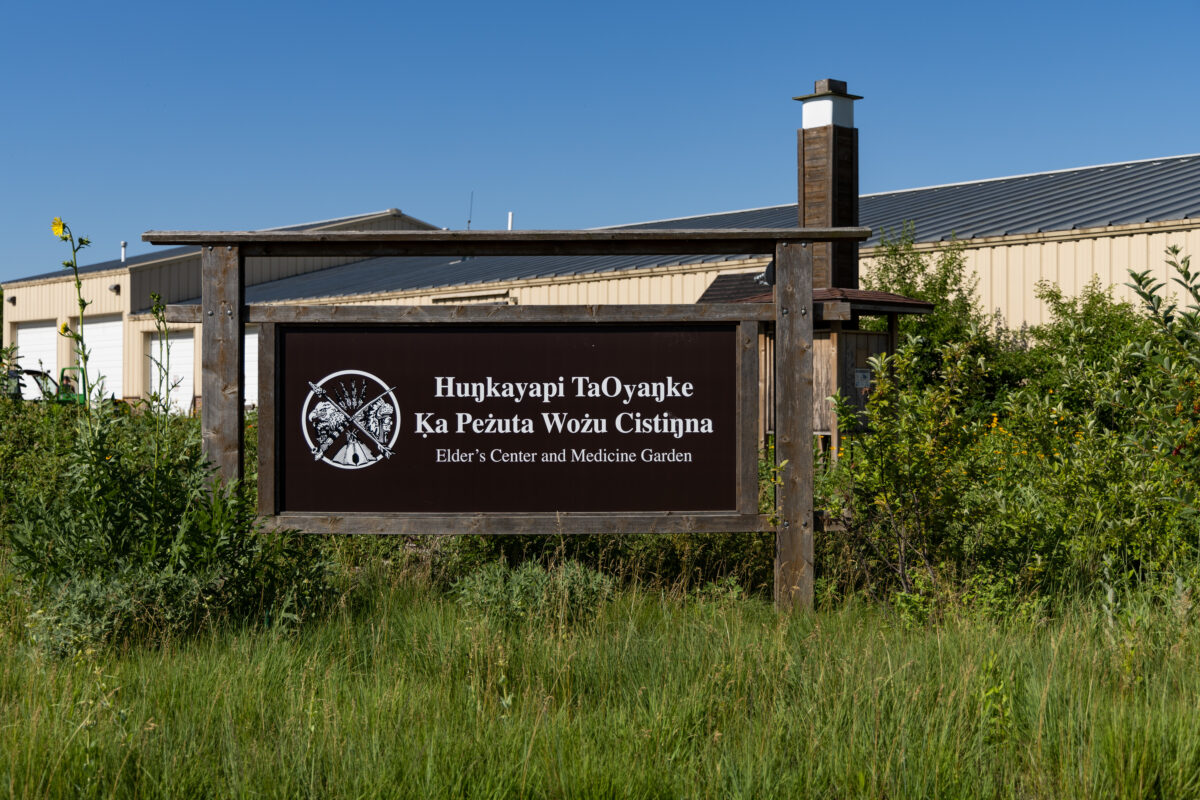
Invasive Plant Management
Native restoration remains a top priority for the Prairie Island Indian Community. Since 2019, we’ve restored more than 100 acres of land to its natural prairie. We continue to remove invasive plants and trees like buckthorn, Siberian elm, spotted knapweed, and wild parsnip. These plants and trees overtake the native species and threaten the ecosystem’s health.
In restoring the prairies, we are also replanting cultural medicines and foods that make Prairie Island a sacred place for Dakota people.
Removing these invasive plants is labor and time intensive, but we’ve found a few unique – and hungry – helpers to make the task easier. Goats are being used in multiple locations to graze the land. The animals are particularly effective in eliminating invasive plants such as buckthorn and Siberian elm. By using the goats, we can eliminate the need to use potentially harmful chemicals on the land. That’s especially important in areas that have cultural foods and medicines.

Water Quality
Living between the Mississippi and Vermillion Rivers and downstream from a major metropolitan area creates water quality concerns. Since 2007, we have been monitoring and testing the water to make sure we understand the impacts on our Community.
We collect water samples a total of 10 weeks each year at 12 collection points testing for 30 different parameters on the surrounding lakes, rivers, and wetlands.
We also spend a great deal of time monitoring our wells and the superficial water in our Community and have seen some improvement in the quality, thanks in large part to our overall environmental approach.
A main focus now is on working with the U.S. Geological Service to model superficial water flow patterns so we can understand the potential impacts an incident at the nearby nuclear power plant would have on our water supply.
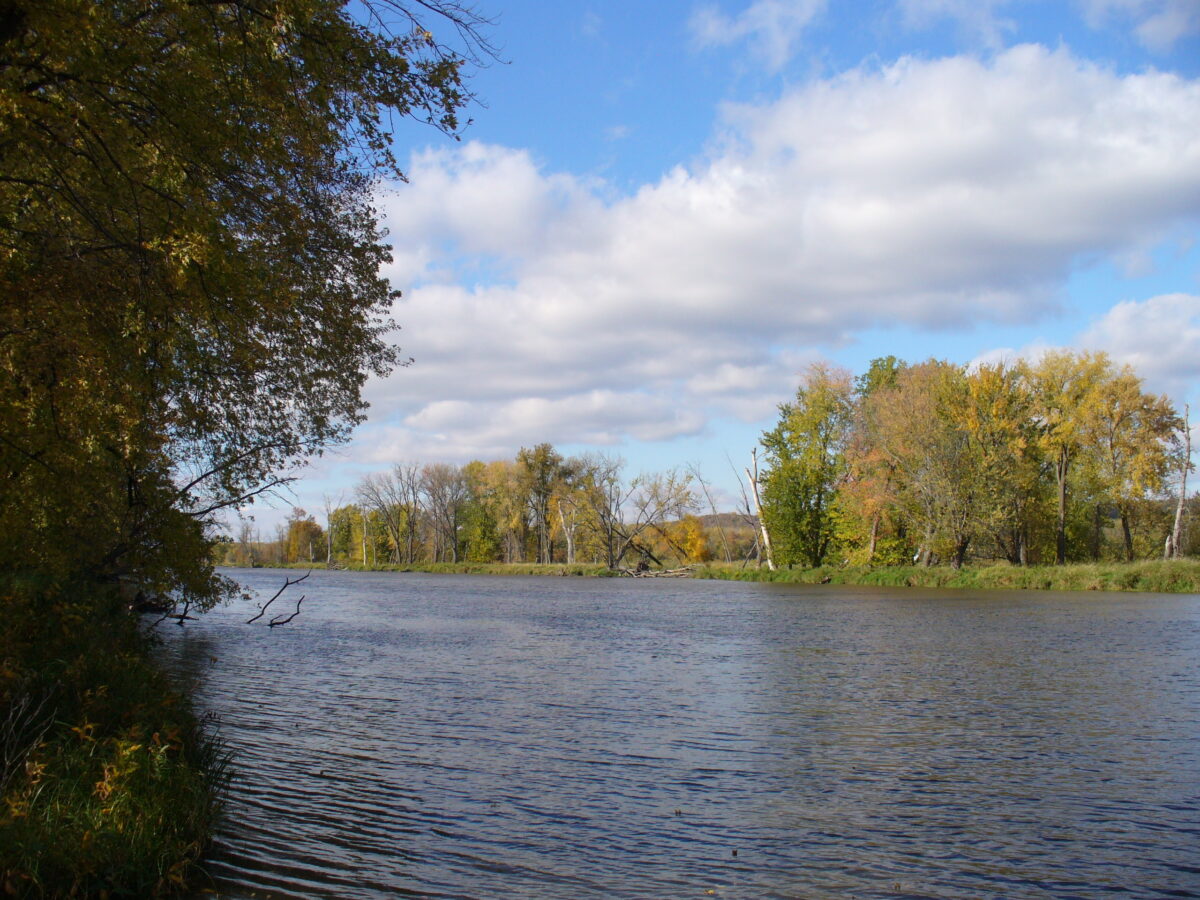
Buffalo Slough
Our most significant and exciting water project will begin in late 2017, when we undertake efforts to improve Buffalo Slough, a secondary channel on the Mississippi River. Community members know how important this waterway is to our people; it’s played a role in our history and culture for countless years. However, erosion from the Brewer Inlet threatens the channel, which has the highest native mussel habitat and serves as a breeding ground for sturgeon, walleye, and catfish. We are working with the Army Corp of Engineers and Minnesota Department of Natural Resources to reduce erosion and work along the island and channel to make sure it doesn’t get destroyed.
